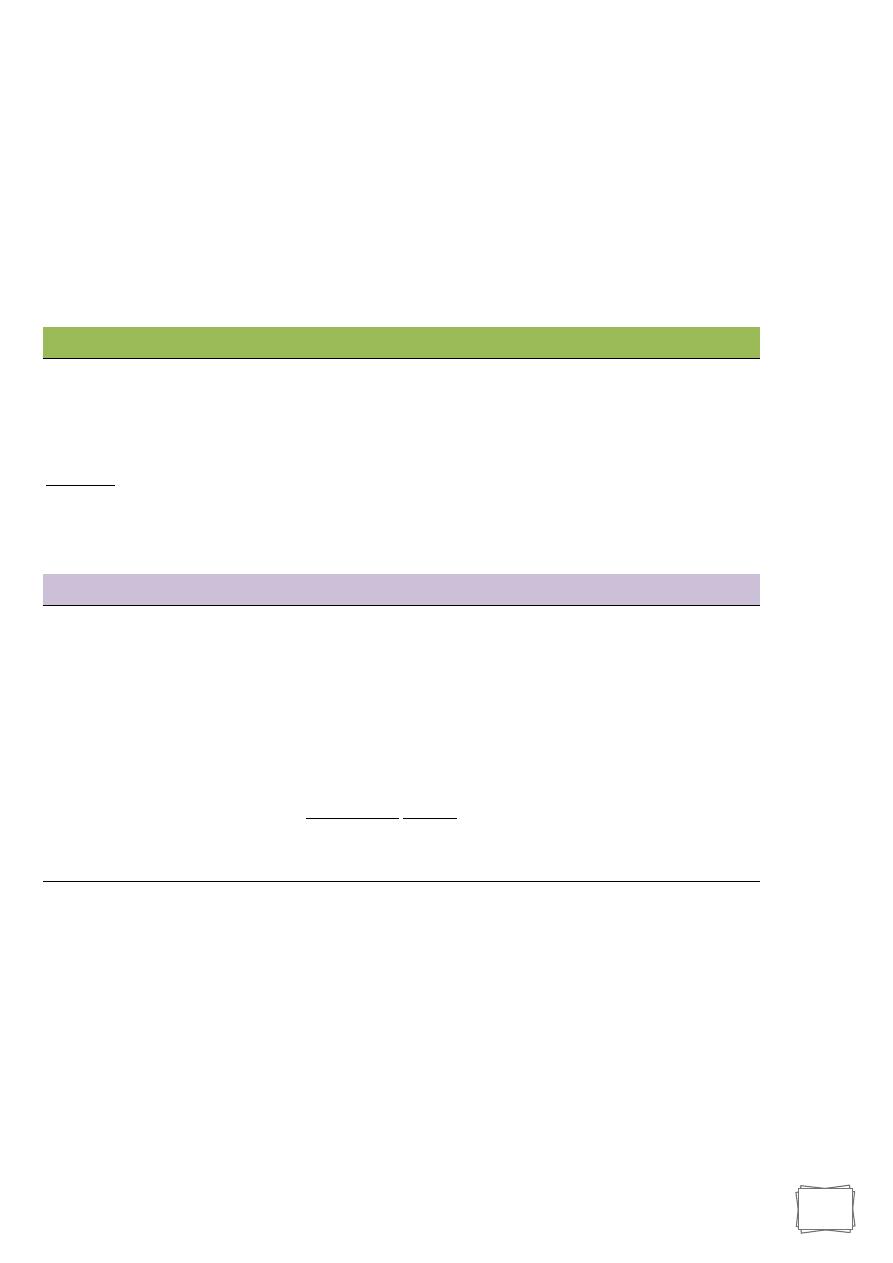
1
stage
rd
3
Pharmacology
Antimalarial druge
Malaria is an acute infectious disease caused by four species of the protozoa, genus
plasmodium ,they are P. falciparm ,P. vivax , P. malariae , and P. ovale .
Life cycle :-
Parasite is transmitted to human through the bite of infected female of anopheles
mosquito, it injects plasmodium sporozoites into the blood stream ,then migrate to
liver where they form schizonts which form large number of merozoites that persist in
hepatic cycle for days ,months or even years and then release to circulation ,while
plasmodium falciparm differs in that it has no persistent hepatic cycle .
The merozoites are released and invade red blood cells ; in the red blood cells ,the
merozoites become a trophozoite (Erythrocytic stage ) ,then trophozoite multiplies
produce new merozoites lead to ruptures of RBCs., and release to invade other red
blood cells ,some merozoites become gametocytes (differentiated into male and
female ) (sexual forms ) ,that can develop further only if they are ingested by a
mosquito where they form sporozoites and complete the transmission cycle .
Drugs classification:-
1-Tissue schizonticides ; act on the liver schizonts e.g. Primaquine .
2- Blood schizonticides ; act on the Erythrocytic parasites e.g. Chloroquine ,Quinine
,Pyrimethamine, Mefloquine , and Artemisinin .
3- Blood schizonticides and sporonticides (inside gut of mosquito) only ,e.g.
Pyrimethamine ,where no drugs are effective against sporozoites ,so infection can't be
prevented .
4- Gametocides :- kill the sexual stage and prevent transmission disease e.g.
Primaquine .
1- Tissue schizonticide (Primaquine ) :-
It is an 8-aminoquinoline that eradicates the primary exoerythrocytic forms of P. ovale
and P. vivax and the secondary exoerythrocytic forms of recurring malaria (p. vivax and
p. ovale ) .,so Primaquine is the only agent that can lead to radical cure of the p. vivax
and p. ovale malaria .

2
The sexual gametocyte stage of all four plasmodia are destroyed in plasma by
Primaquine or are prevented from maturing later in the mosquito ,thus interrupting
the transmission of the disease .
Primaquine is not effective against the Erythrocytic stage of malaria and ;therefore; is
often used in combination with blood schizonticides such as Chloroquine .
Mechanism of action :-
The metabolites of Primaquine act as oxidants that are responsible for the
schizonticidal action as well as for the haemolysis and Methaemoglobinaemia or
through interfering with its mitochondrial function .
Pharmacokinetics :-
Well absorbed on oral administration ,it has moderate concentration in the tissues and
its rapidly metabolized and excreted in the urine ,half life is about 6 hours .
Adverse effects :-
Include anorexia, nausea, abdominal cramps ,Methaemoglobinaemia and haemolytic
anaemia especially in patients with G6PDD,agranulocytosis are rarely seen .
Contraindications:-
Pregnancy ,resistance to Primaquine may develop from all 4 species of plasmodia .
2- Blood schizonticides (Chloroquine ):-
It is synthetic 4-aminoquinoline ;it is active against Erythrocytic stage of plasmodium
vivax, ovale and malariae ,it is ineffective against many strains of plasmodium
falciparm ;it is moderately effective against gametocyte of p. vivax ,ovale and malariae
,so it is highly effective blood schizonticide ,rapidly terminated fever in 24 hrs .,and
clear parasitemia in 48- 72 hrs. ,it is doesn't eliminate dormant liver forms of p. vivax
and ovale ,for that reason Primaquine must be added for radical cure of this case .
Chloroquine is the preferred chemoprophylactic agent in malarious regions without
resistance for plasmodium falciparm .
Other clinical uses of Chloroquine include treatment of extra intestinal amoebiasis
,rheumatoid arthritis (SAADs),and discoid lupus erythematosus .

3
Mechanism of actions :-
Chloroquine concentrated within parasitized red blood cells and form complexes with
plasmodial DNA other mechanism ,the parasite digests the host cells hemoglobin to
obtain essential amino acids ,the process release large amount of heam which is toxic
to the parasite ,to protect itself the parasite polymerizes the heam to non toxic
hemozoin which is sequestered in the parasites food vacuole ,the Chloroquine
prevents the polymerization to hemozoin ,the accumulation of heam result in lyses of
both the parasite and red blood cells .
Pharmacokinetic :-
Chloroquine is rapidly and completely absorbed following oral administration ,it is
concentrated several folds in various tissues e.g. erythrocytes ,liver ,spleen, kidney,
heart ,lungs, retina .,the half life is 50 days (one month-two months), the long half life
reflects slow release from these tissues , so it has very large V.D., penetrate the CNS,
and crossing placenta ,excreted in urine and the excretion rate is enhanced as urine is
acidified .
Adverse effects :-
Chloroquine is usually very well tolerated, side effects are minimum at the low doses
that use in malarial treatment and as prophylaxis ;but are more common with higher
or prolong doses given for resistant malaria or for rheumatoid arthritis or lupus
erythematosus ; include :-
1-Headache ,nausea, vomiting, and abdominal pain .
2- Discoloration of the nail bed and mucus membrane may be seen as chronic
administration .
3- Can cause ECG changes (QRS widing and T-wave abnormality),because it has a
Quinidine like effect .
4- Pruritus is common and exfolative dermatitis.
5- Haemolysis in G6PDD .
6- Corneal deposits cause halos around light or photophobia ,retinal toxicity more
serious and may be irreversible damage and blindness .
7- Long term use is associated with reversible bleaching of the hair, alopecia and
pigmentation of the hard palate .
8- Large I.M. injection or rapid I.V. infusion lead to sever hypotension and respiratory
and cardiac arrest ,so parentral administration should avoided .

4
Mefloquine :-
Chemically related to quinine ,used orally for malarial chemoprophylaxis for all four
species ,to treat uncomplicated plasmodium falciparm (both Chloroquine sensitive and
Chloroquine resistant )and for Chloroquine –resistant plasmodium vivax .
Pharmacokinetic :-
Is absorbed well after oral administration , half life is about 21 days ,concentrated in
the lungs and liver the drug undergoes extensive metabolism ,Its major excretory rout
is through the feces .
Side effects :-
1-Nausea,vomiting ,dizziness, hallucination, depression .
2- ECG abnormalities and cardiac arrest are possible if Mefloquine is taken
concurrently with Quinine or Quinidine .
Quinine and Quinidine :-
Quinidine is the stereoisomer of Quinine ,it is much less effective than Quinine in
treatment of severe falciparm malaria ,Quinidine is interfere with heam polymerization
,resulting in the death of Erythrocytic form of plasmodium parasite .
Antimalarial actions :-
It is rapidly acting highly effective blood schizonticidal drug against 4 species
,gametocidal against vivax and ovale and not falciparm ,it is not active against liver
stage schizonts .
P/K :-
Taken orally ,well absorbed ,well distributed throughout the body and can reach the
fetus and excretion throughout the urine .
Side effects :-
1-The major side effect of Quinine is cinchonism ,a syndrome causing nausea ,vomiting
,headache ,tinnitus ,and vertigo , these effects are reversible and not a reason for stop
therapy .
2- Pruritus, urticaria, and other skin rash .

5
3- Hypoglycemia and may be significant ,especially when Quinine is given I.V. infusion and
supplementary glucose may be required ,because Quinine stimulate insulin release .
4- Stimulate uterine contraction ,when large amount are taken may lead to abortion .
5- More sever visual and auditory disturbances with vomiting ,diarrhea .
6- Haemolysis ,especially in G6PDD patients .
7- Quinidine like effects like hypotension ,disturbances of atrioventricular conduction and
cardiac arrest .
Artemisinin :-
Derived from the plant ,it is available for treatment of severe ,multidrug –resistant P.-
falciparm malaria including Quinine resistant strains ,oral and I.V. preparation are
available ,metabolism in the liver ,excretion primarily in the bile .
S/E:- nausea, vomiting , diarrhea, high dose may cause neurotoxicity, prolongation of
QT-interval .
Blood schizonticidal and sporonticide e.g. Pyrimethamine :-
The anti folate agent Pyrimethamine is related to Trimethoprium ,it is frequently
employed to effect a radical cure as a blood schizonticide ,it is also acts as a strong
sporonticide in the mosquito's gut ,when the mosquito ingests it with blood of the human
host ,Pyrimethamine inhibits plasmodial dihydrofolate reductase at much lower
concentration than those needed to inhibit the mammalian enzyme ,thus lead to inhibit
the de nova biosynthesis of purines and pyrimidines.
Pyrimethamine alone is effective against p. falciparm ,in combination with sulphonamide
are used against p. malariae and toxoplasma gondii .
Side effects :-
As Sulphonamide –induced allergic reactions may be severe e.g. erythema multiforme
,Steven- Johnson syndrome and toxic epidermal necrolysis .
Other agents like ;Proguanil and Halofantrine .

6
